GoldenBokeh
TPF Noob!
- Joined
- Jul 14, 2012
- Messages
- 14
- Reaction score
- 0
- Location
- taiwan
- Can others edit my Photos
- Photos NOT OK to edit
i looked and looked and couldn't find an answer for this question:
if i want to print a large print (A3, A2, and bigger), what are the considerations of the file type (does it matter if it's a 8 bit jpeg or a 32 bit tiff???) and color profiles? , paper type,
thickness of paper etc'.
is there a step by step procedure that one of you want to share of printing large shots?
sorry for all the questions, I've been sitting on a print i want to make for a while now...
if i want to print a large print (A3, A2, and bigger), what are the considerations of the file type (does it matter if it's a 8 bit jpeg or a 32 bit tiff???) and color profiles? , paper type,
thickness of paper etc'.
is there a step by step procedure that one of you want to share of printing large shots?
sorry for all the questions, I've been sitting on a print i want to make for a while now...



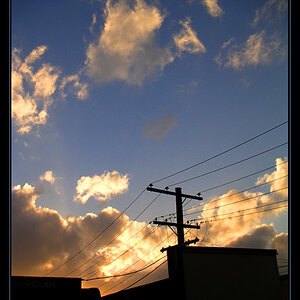
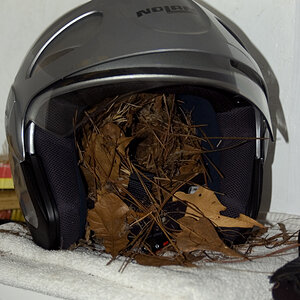

![[No title]](/data/xfmg/thumbnail/39/39509-3c2c5856429b4b8ff3cf44cd3b2afa8c.jpg?1619739064)
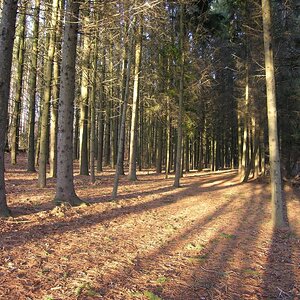

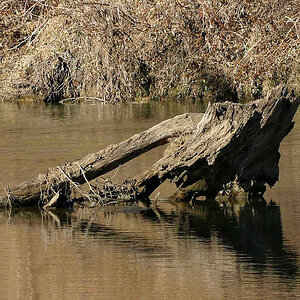
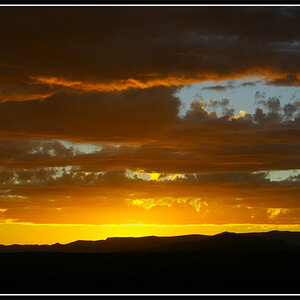
![[No title]](/data/xfmg/thumbnail/31/31756-ed344608f5fc9a69ff1d67dc7d03161c.jpg?1619734993)
![[No title]](/data/xfmg/thumbnail/36/36401-dfb1077e5917eb47c5acf9c208e7be2a.jpg?1619737552)